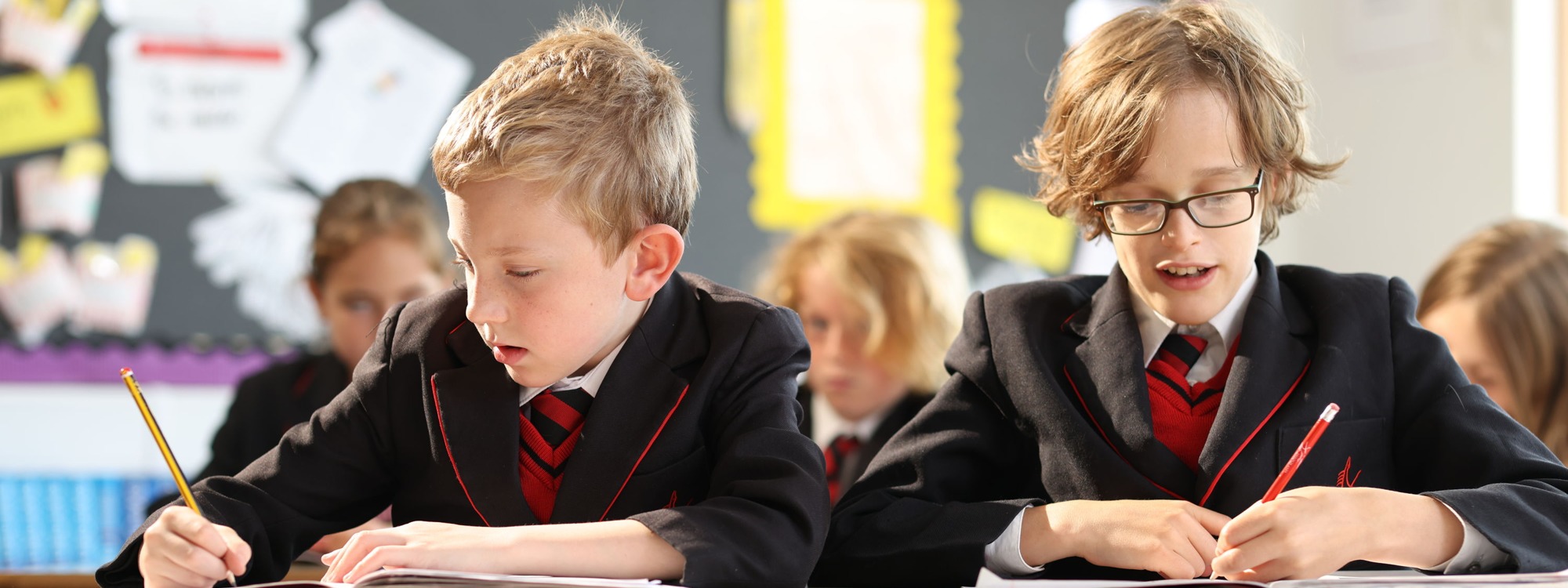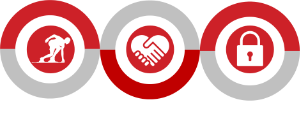Computing
Computing is the understanding, use and operation of digital tools and devices. Computing education equips pupils to use computational thinking and creativity to understand and change the world. Computing has deep links with mathematics, science and design and technology, and provides insights into both natural and artificial systems. The core of computing is computer science, in which pupils are taught the principles of information and computation, how digital systems work and how to put this knowledge to use through programming.
Intent
At Skinners’ Kent Primary School, we aim to prepare our learners for their future by giving them the opportunities to gain knowledge and develop skills that will equip them for an ever-changing digital world. Knowledge and understanding of ICT is of increasing importance for children’s future both at home and for employment.
Our Computing curriculum focuses on a progression of skills in digital literacy, computer science, information technology and online safety to ensure that children become competent in safely using, as well as understanding, technology. These strands are revisited repeatedly through a range of themes during children’s time in school to ensure the learning is embedded and skills are successfully developed. Our intention is that Computing also supports children’s creativity and cross curricular learning to engage children and enrich their experiences in school.
Implementation
Our whole curriculum is shaped by our school vision which encourages all children to flourish within a framework of high expectations by providing them with firm foundations to ensure the brightest of futures.
We teach the National Curriculum, supported by a clear skills and knowledge progression, using Purple Mash to support this. This ensures that skills and knowledge are built on year by year and sequenced appropriately to maximise learning for all children.
To ensure a broad range of skills and understanding, Computing is taught across three main strands: Digital Literacy, Computer Science and Information Technology. As part of information technology, children learn to use and express themselves and develop their ideas through ICT for example writing and presenting as well as exploring art and design using multimedia. Within digital literacy, children develop practical skills in the safe use of ICT and the ability to apply these skills to solving relevant, worthwhile problems for example understanding safe use of internet, networks, and email. In computer science we teach children to understand and apply the fundamental principles and concepts of computer science, including abstraction, logic, algorithms, and data representation. We also teach children to analyse problems to computational terms and have repeated practical experience of writing computer programs to solve such problems.
We also teach a progression of Computing vocabulary to support children in their understanding. At Skinners’ Kent Primary School, we give children access to a wide range of good quality resources and provide cross curricular opportunities for children to apply their Computing knowledge and skills. Online safety is also of high importance and children are reminded of our e-safety rules prior to every lesson where the use of the Internet is required. Online safety procedures are also communicated with all staff and parents.
Impact
We want our children to enjoy and value the curriculum we deliver. We ask the WHY behind their learning and not just the HOW. We want learners to discuss, reflect and appreciate the impact computing has on their life, learning, development, well-being, and future opportunities.
Finding the right balance with technology is key to an effective education and a healthy lifestyle. We feel the way we implement computing curriculum helps children realise the need for the right balance and one they can continue to build on in their next stage of education and beyond.
We encourage regular discussions between staff and pupils to best embed and understand the learning. The way pupils’ share, celebrate and publish their work to show the impact of our curriculum. In computing, we look for evidence of the pupils’ knowledge by reviewing their work and digital skills, through Purple Mash, observing the learning and teaching and through pupil voice. Children should be able to talk about their learning and how they can apply this to different contexts. Progress of our computing curriculum is demonstrated through outcomes and the record of coverage in the process of achieving these outcomes.







